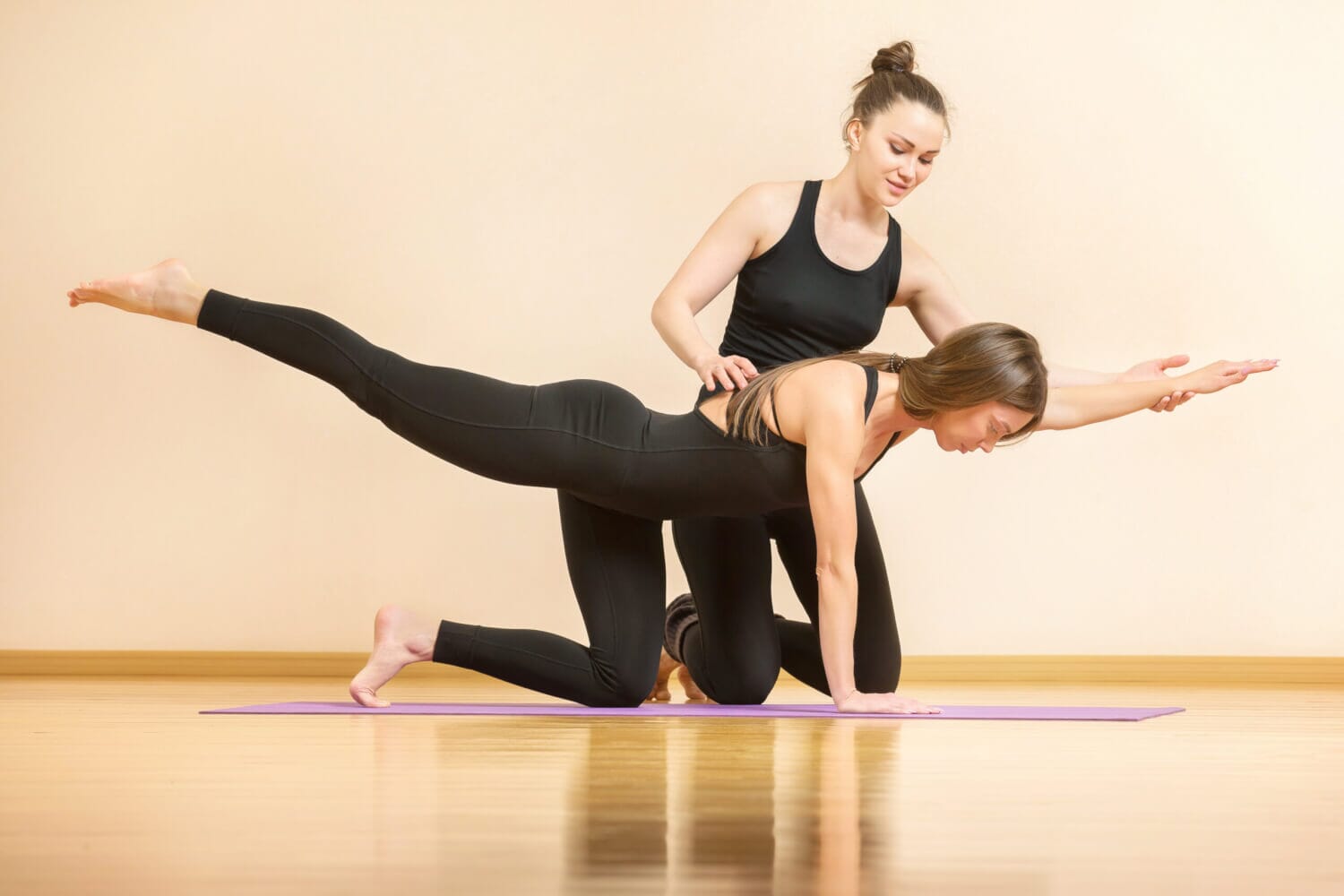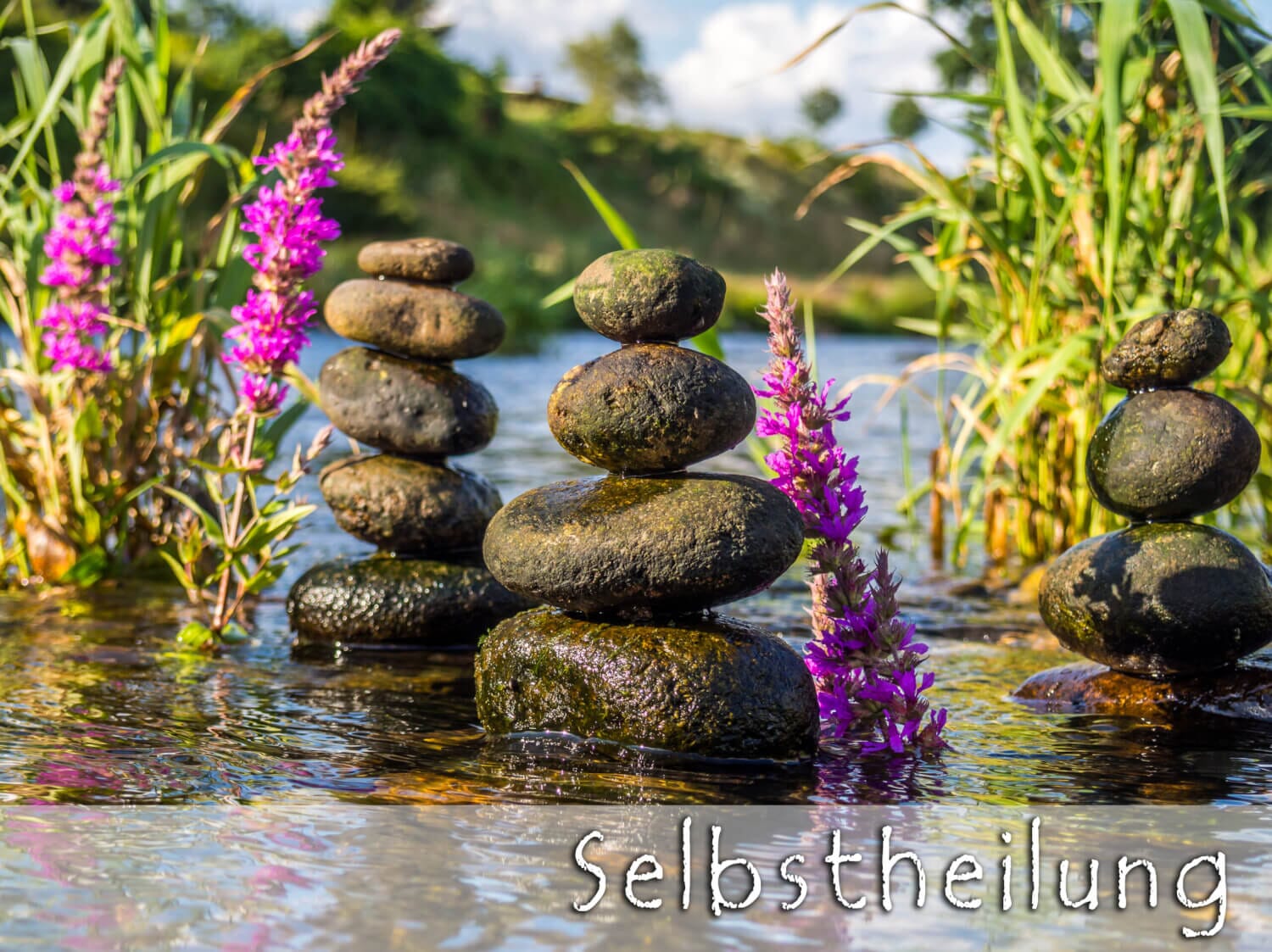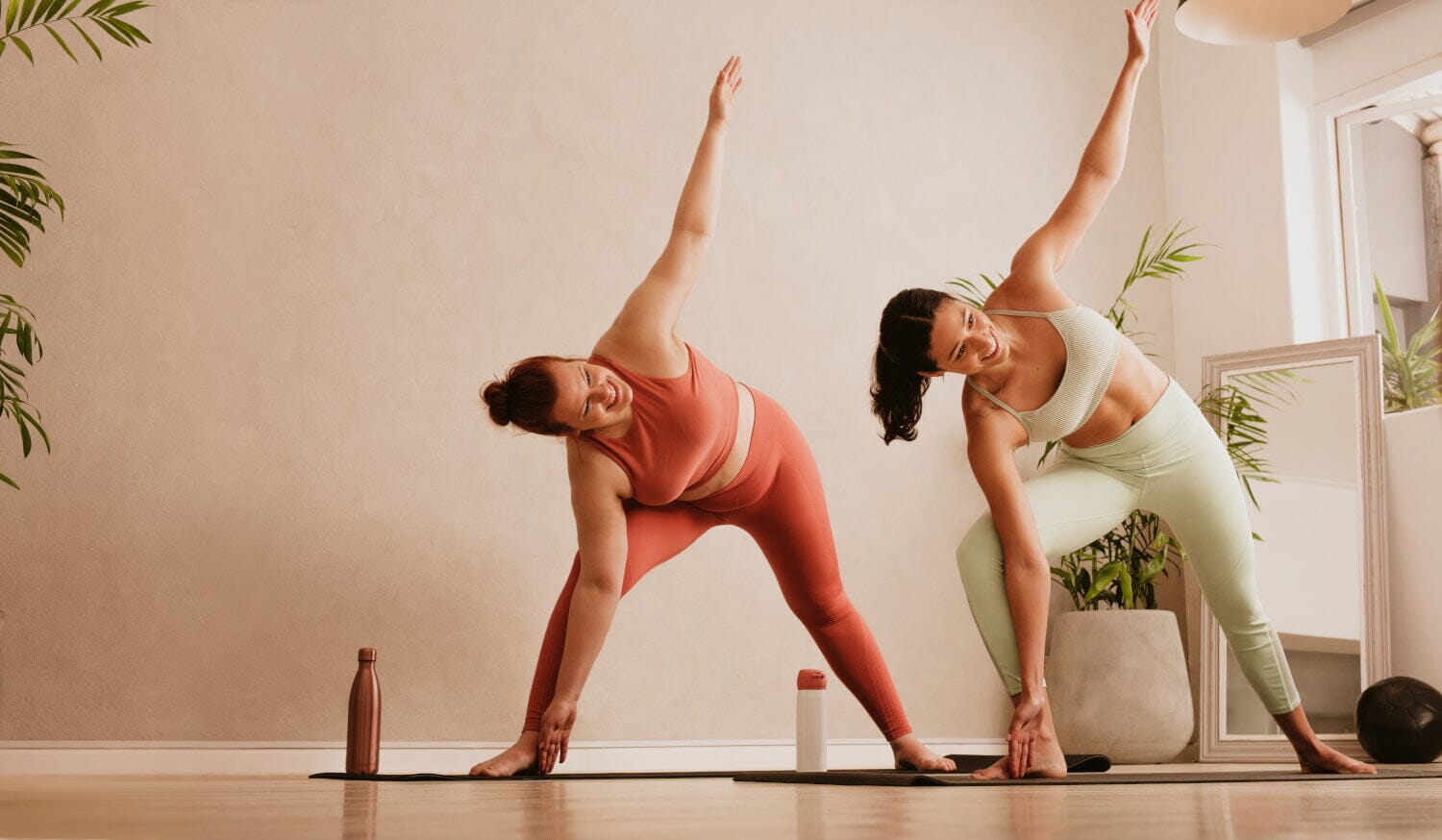The connection between yoga, meditation and self-acceptance
Yoga influences harmony on a physical, mental, and spiritual level. This means that the asanas from Buddhist teachings can also have valuable effects on one's self-image and self-acceptance. Have you ever noticed that you feel significantly better after practicing yoga? If not, you can give it a try. This article explains the best connections and what you need to know.
1. Introduction to the connection between yoga, meditation and self-acceptance
Yoga practice and meditation are methods for discovering yourself and getting to know yourself on a level that is otherwise not so easily accessible. Especially if you find yourself in a stressful, superficial everyday life in which you rarely engage with psychology, spirituality, or your own self.
For this reason, yoga and meditation are equally wonderful ways to strengthen self-acceptance. This is achieved by using these techniques to get to know all aspects of yourself—your shadows and your beautiful sides. Only those who are aware of all aspects of themselves can accept themselves.
2. How yoga and meditation can help improve your self-image!
Many yogis who practice yoga regularly report a fairly rapid change in their self-image. A study published in the journal "Sex Roles" found that participants perceived their bodies more positively.
Therefore, you can assume that regular practice will have great effects on your self-image.
There are several reasons for this:
Thanks to yoga, you learn to consciously control your feelings about yourself. Even if you don't like certain parts of your body, you no longer focus on them, but instead accept yourself as you are.
In general, yogis no longer focus so much on appearance, as other values are more important in this world.
Those who practice yoga regularly influence and transform their bodies. This can contribute to a general sense of well-being and, as a result, change your self-image.
Of course, meditation practice on a cushion also plays a significant role in this context. If you regularly incorporate this spiritual practice into your daily life, certain synaptic connections in the brain will change, so that you generally feel fitter, more aware, more comfortable, and more confident. All of these qualities have a direct impact on your self-image. It is advisable to practice meditations that focus on the "I am." Here, you simply focus on your being—regardless of what you look like, what you have, or what you don't have.
3. The psychological significance of yoga and meditation for greater self-acceptance
Hatha Yoga is a very popular and widespread form of yoga. Many yogis benefit from various effects on body, mind, and soul. Hatha Yoga is also perfect for self-acceptance. Anyone who has ever studied the human psyche knows how complex it is. Synapses connect in various ways, which directly affects thoughts, self-image, self-love, and acceptance. Even if these patterns seem rigid at first, they are not – with regular practice, you can change a great deal.
If you practice asanas on the mat daily, you strengthen your body connection and thus trigger changes in your brain connections. Furthermore, with the help of yoga and meditation, certain shadow aspects can be examined and brought from the subconscious into consciousness; it also reduces unfavorable overestimations of yourself. This allows you to work with them and, if necessary, seek therapeutic help.
These two practices from Buddhist teachings help us experience, integrate, and sustainably utilize our inner strength. Thus, they can be used at any time as a supportive measure in certain therapies to increase self-acceptance and love, thus achieving the best possible therapeutic success.
4. A practical guide to starting to connect with your inner self
If you want to connect with your inner self, this can initially be a major hurdle. Because we've been shaped to believe that everything happens externally, we lose touch with our inner self.
These points can help you connect effectively with your inner self:
Deep breathing helps you arrive in the here and now, feel inner calm, and perceive inner peace. To invite even more relaxation, it's worth breathing deeply for at least five minutes.
After taking a deep breath, sense your body and feel what is present. The following questions can help you: How am I feeling right now? Where do I feel pressure? Where do I feel spaciousness? Where do I feel tightness? Do I feel other sensations in my body? At first, it can be a bit overwhelming to simply connect with your own feelings in your body. Over time, it will become more normal and easier.
With the help of meditation, you can consciously connect with your inner self and your spirit. Deep breathing brings you into the moment, and now you can set the intention, "I connect with my inner self." Once you've done that, feel clean. What do you feel?
Loving-kindness meditation can support you in being even more loving to yourself and others. It strengthens your connection and your self-image. Here, you wish yourself, a loved one, a neutral person, and an enemy, "May I be safe, May I be healthy, May I be happy, May I live with ease." The wording then adapts depending on the recipient. You go through it person by person.
Then you can ask conscious questions like "Who am I really?", "What are my true strengths?", "What is my purpose?", "What are my own abilities that make me special?" "What triggers feelings of happiness in me?"
If you find it difficult to consciously connect with your inner self and arrive in the present moment in this world, it is advisable to practice a few yoga poses or another form of exercise beforehand. Kundalini Yoga is great for bringing the energy trapped in the lower chakras upwards. A beautiful mantra, essential oils on the skin, incense sticks, or ceremonial cacao can also help you strengthen your connection to yourself, your well-being, positive emotions, and your sense of happiness in daily life. You can also find a wealth of information in the Yoga Sutras of Patanjali.
5. How to learn to value yourself and become more confident!
The most important commandment in this life is, among other things, to show yourself the love you give to a baby, your parents, your partner, or your siblings. The love we feel for ourselves is often very limited due to various belief patterns. These try to convince us that we are not good as we are. This is, of course, wrong, and that's exactly where we start – a positive self-image is the goal.
To appreciate yourself more, the first step is to realize how amazing you are. You can find this out by starting to keep a journal. Every day, write down at least five things you love/appreciate about yourself.
Talk to other people and ask them what they like about you.
Consciously enjoy the things you do well and practice gentleness when something doesn't work out right away.
Do what you love – this will automatically make you more confident.
You can strengthen your body awareness through daily asanas.
Practice mindfulness and take time several times a day to feel your body and notice your thoughts. If you experience negative thoughts, try to replace them with positive ones.
6. Conclusion: Why yoga and meditation are key to increasing self-acceptance
Physical exercise and meditation primarily help you keep the ego and negative thoughts swirling around in your head at bay. A feeling of happiness, increased physical well-being, and greater connection to yourself will automatically occur more frequently. Furthermore, these practices are ideal for learning to love yourself more, overcoming disruptive thought patterns, and establishing positive thinking.
Has yoga helped you on your path to greater self-acceptance? If so, what exactly did you do?
















